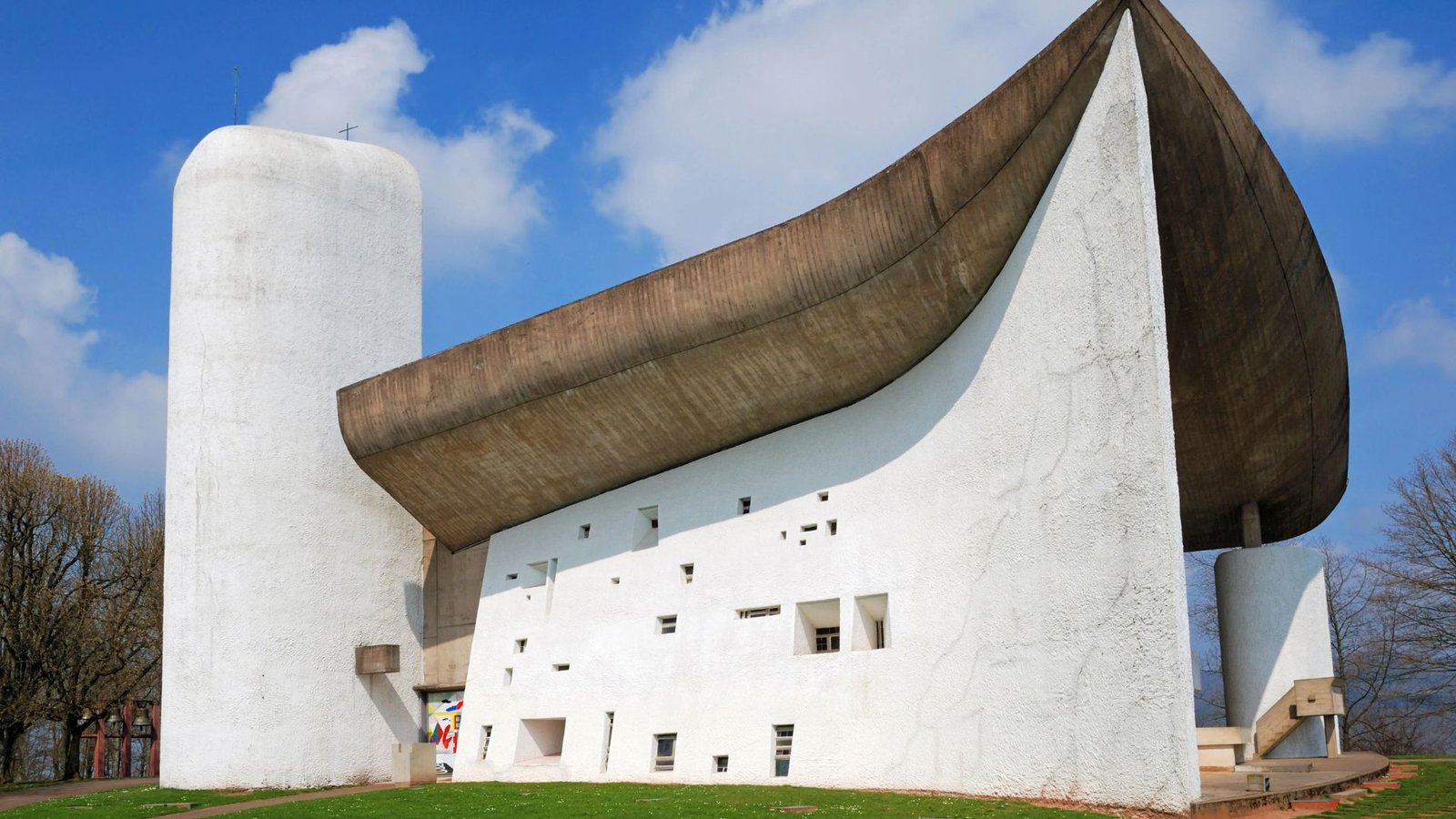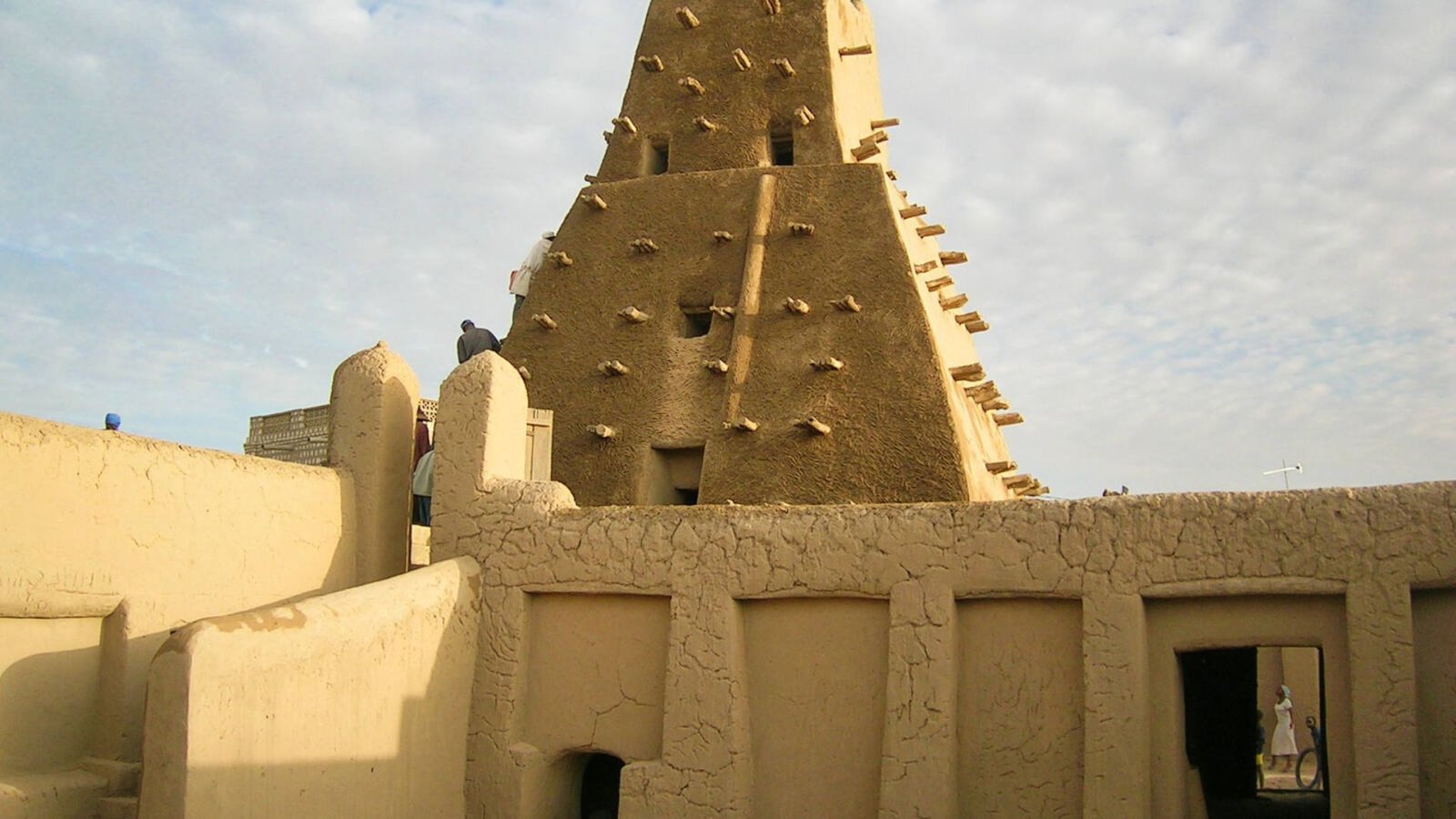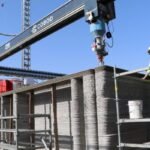How to Incorporate Cultural Heritage in Architecture
Integrating cultural heritage into architectural design is more than just creating buildings; it’s about honoring history, traditions, and identity through physical structures. By embracing cultural elements, architects can enrich communities, foster a sense of belonging, and preserve heritage for future generations. Here’s how to effectively incorporate cultural heritage into architectural projects.
1. Researching Local History and Traditions
Begin by researching the region’s history, traditions, and cultural practices to understand the significance of local heritage. This informs design decisions and ensures authenticity in architectural expressions.

2. Engaging with Community Stakeholders
Collaborate with local communities, cultural leaders, and stakeholders to gain insights into their values, aspirations, and perspectives on cultural identity. Their input enriches the design process and strengthens community ties.
3. Architectural Language and Symbolism
Use architectural forms, materials, and symbols that resonate with cultural narratives and traditions. Incorporating symbolic elements creates a meaningful connection between architecture and cultural identity.
4. Adaptive Reuse of Historic Buildings
Preserve and adaptively reuse historic buildings to honor their architectural significance and cultural heritage. Repurposing these structures maintains their cultural value while contributing to sustainable development practices.
5. Vernacular Architecture Influences
Draw inspiration from vernacular architecture styles and building techniques rooted in local traditions. Integrating vernacular elements reflects regional identity and enhances architectural authenticity.
6. Cultural Landscaping and Public Spaces
Design cultural landscapes and public spaces that celebrate heritage through art installations, sculptures, or landscaping elements inspired by local folklore, rituals, or natural surroundings.
7. Interpretive Signage and Educational Components
Include interpretive signage and educational components within architectural designs to educate visitors and occupants about the cultural significance of the space and its surroundings.
8. Sustainable Materials and Craftsmanship
Utilize sustainable materials and traditional craftsmanship techniques that have historical relevance to the region. Supporting local artisans and using eco-friendly materials promote cultural preservation and environmental stewardship.
9. Adaptive Design for Changing Needs
Create adaptable spaces that evolve with changing cultural practices and community needs. Flexibility in design allows spaces to remain relevant and functional over time while respecting cultural traditions.
10. Celebration of Festivals and Rituals
Design spaces that accommodate cultural festivals, rituals, and ceremonies, fostering a sense of community and reinforcing cultural identity through shared experiences and gatherings.
11. Incorporation of Art and Cultural Performances
Integrate spaces for art exhibitions, performances, and cultural events within architectural designs. These venues serve as platforms for creative expression and community engagement.
12. Integration of Technology and Tradition
Blend modern technology with traditional architectural elements to create innovative designs that preserve cultural heritage while meeting contemporary functional requirements.
13. Sustainable Tourism Initiatives
Support sustainable tourism initiatives that highlight cultural heritage sites and promote responsible visitor engagement. Balancing preservation with tourism helps safeguard cultural integrity.
14. Cultural Heritage Preservation Policies
Adhere to cultural heritage preservation policies and guidelines to ensure compliance with legal frameworks and ethical standards in architectural conservation and development.
15. Collaboration with Cultural Institutions
Partner with museums, cultural centers, and educational institutions to integrate architectural designs with cultural programming and exhibitions that promote heritage awareness.
16. Adaptive Lighting and Acoustics
Implement lighting and acoustic solutions that enhance the ambiance of cultural spaces while respecting architectural integrity and historical context.
17. Cultural Heritage Tourism Infrastructure
Design infrastructure that supports cultural heritage tourism, including visitor centers, interpretation facilities, and guided tours that educate visitors about local history and traditions.
18. Community Workshops and Skill Development
Organize community workshops and skill development programs that engage local residents in the preservation and promotion of cultural heritage through architectural initiatives.
19. Public Participation and Feedback Mechanisms
Establish mechanisms for public participation and feedback throughout the design and development process to ensure community involvement and transparency in cultural heritage projects.
20. Long-term Maintenance and Preservation
Plan for the long-term maintenance and preservation of cultural heritage buildings and sites, incorporating sustainable management practices and regular upkeep to safeguard architectural integrity.
Conclusion
Incorporating cultural heritage into architecture goes beyond aesthetics; it’s about honoring traditions, preserving history, and fostering community pride. By embracing local narratives, engaging with stakeholders, and integrating authentic design elements, architects can create meaningful spaces that celebrate cultural identity and contribute to sustainable development. Through thoughtful planning and collaboration, architectural projects can serve as catalysts for cultural preservation, education, and social cohesion, enriching the built environment for generations to come.



